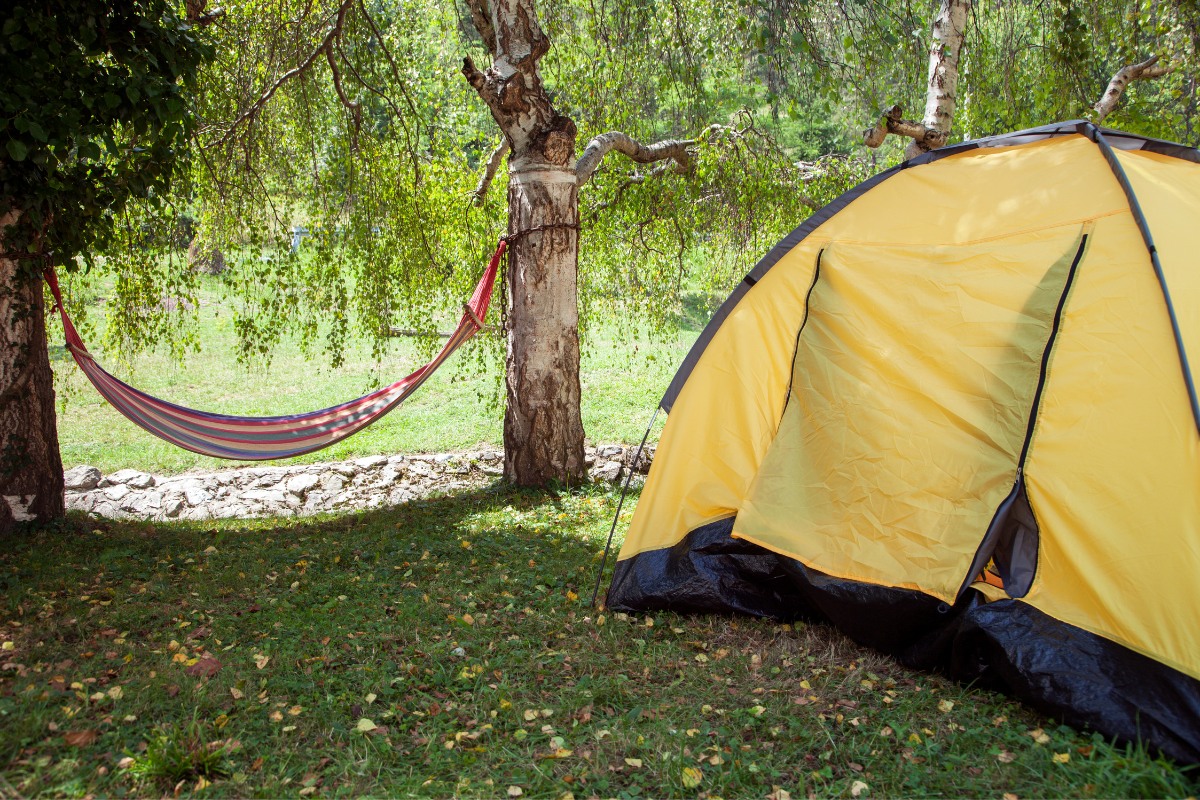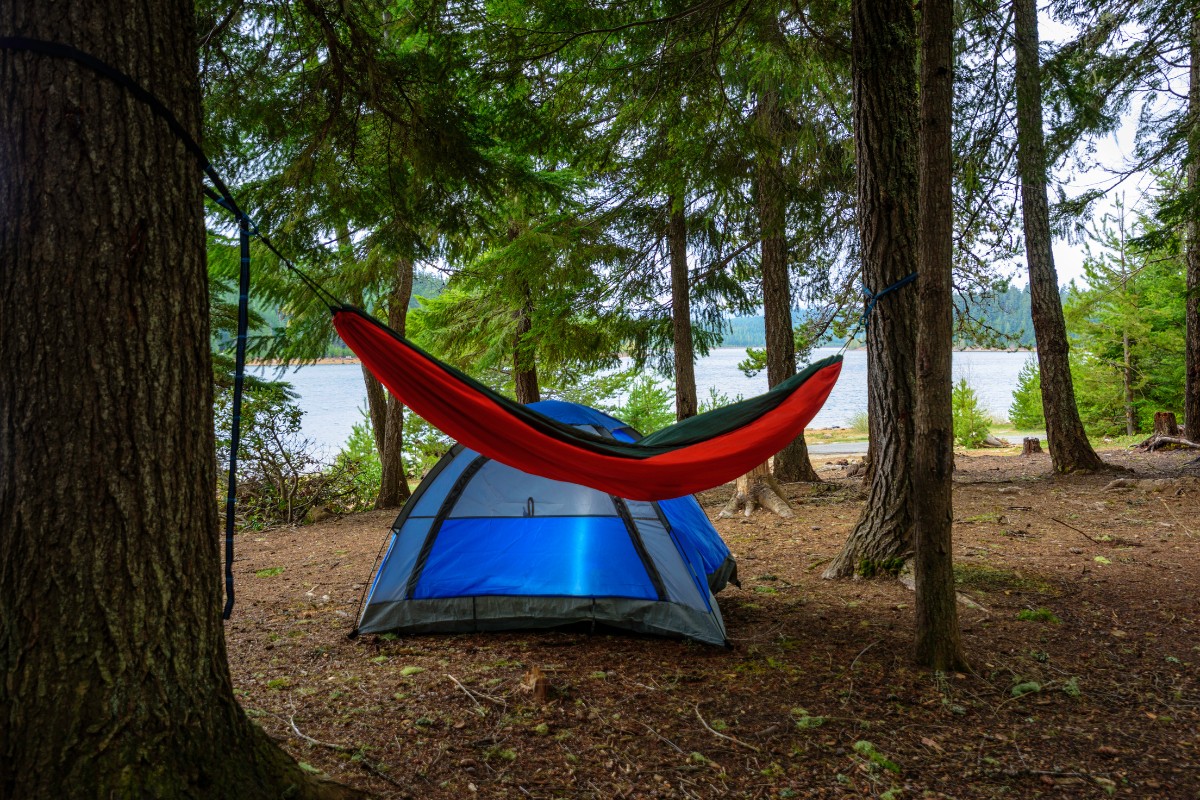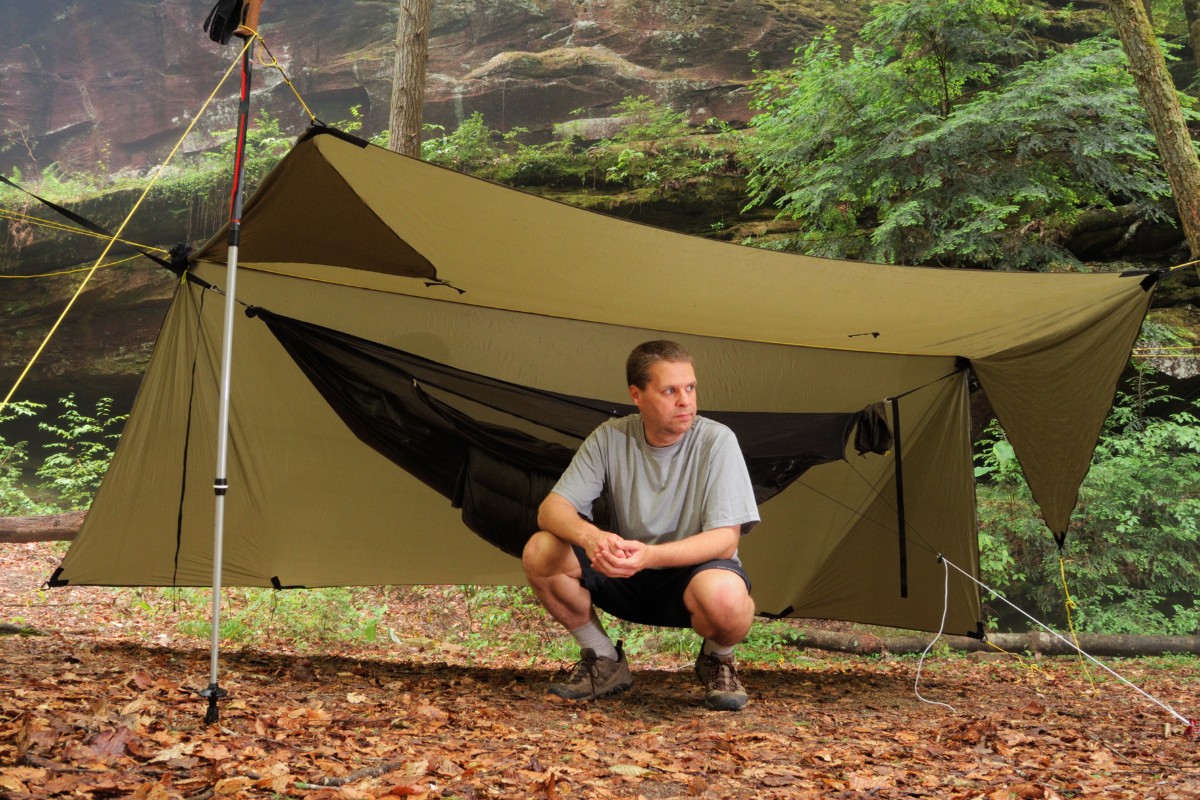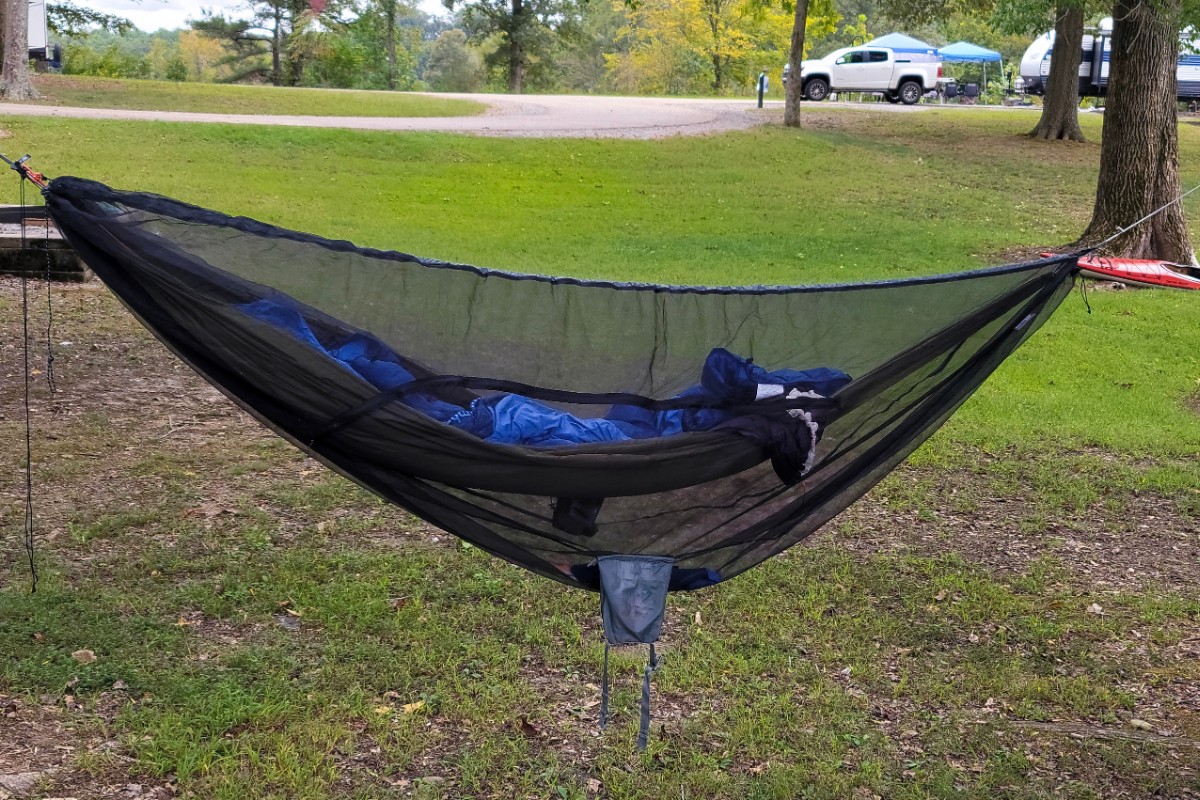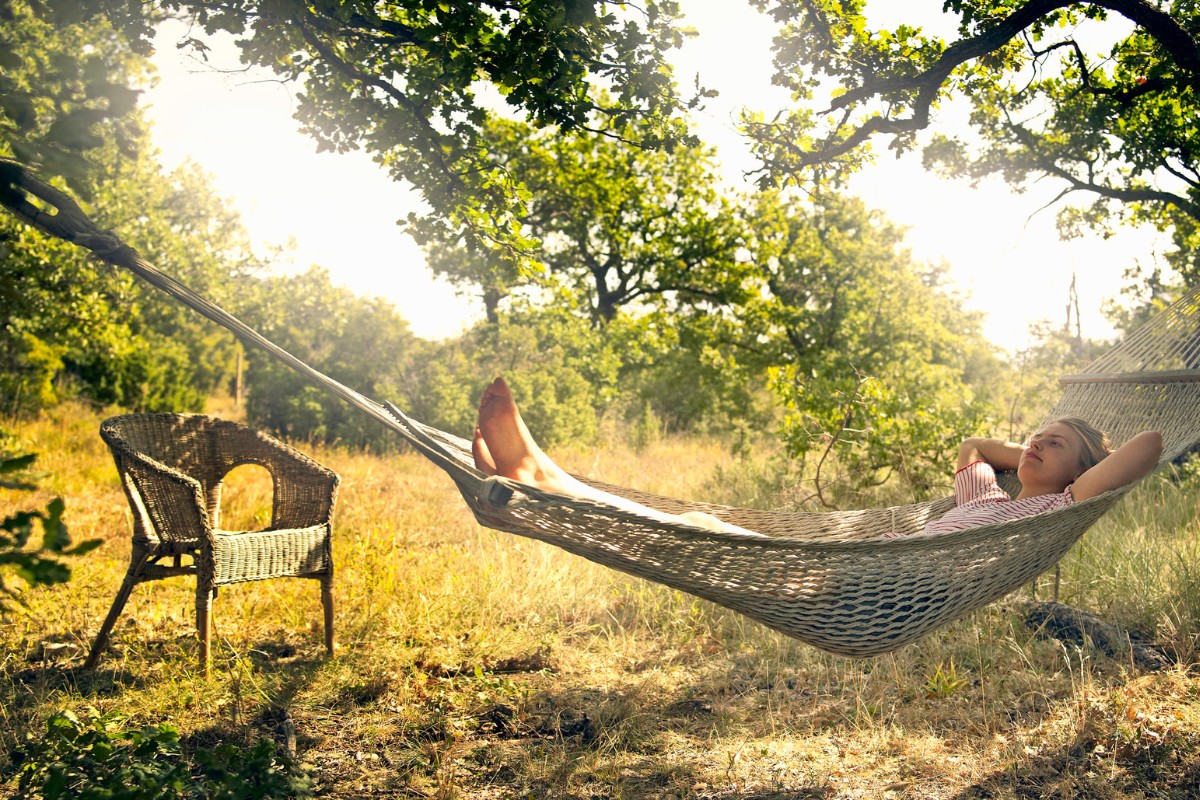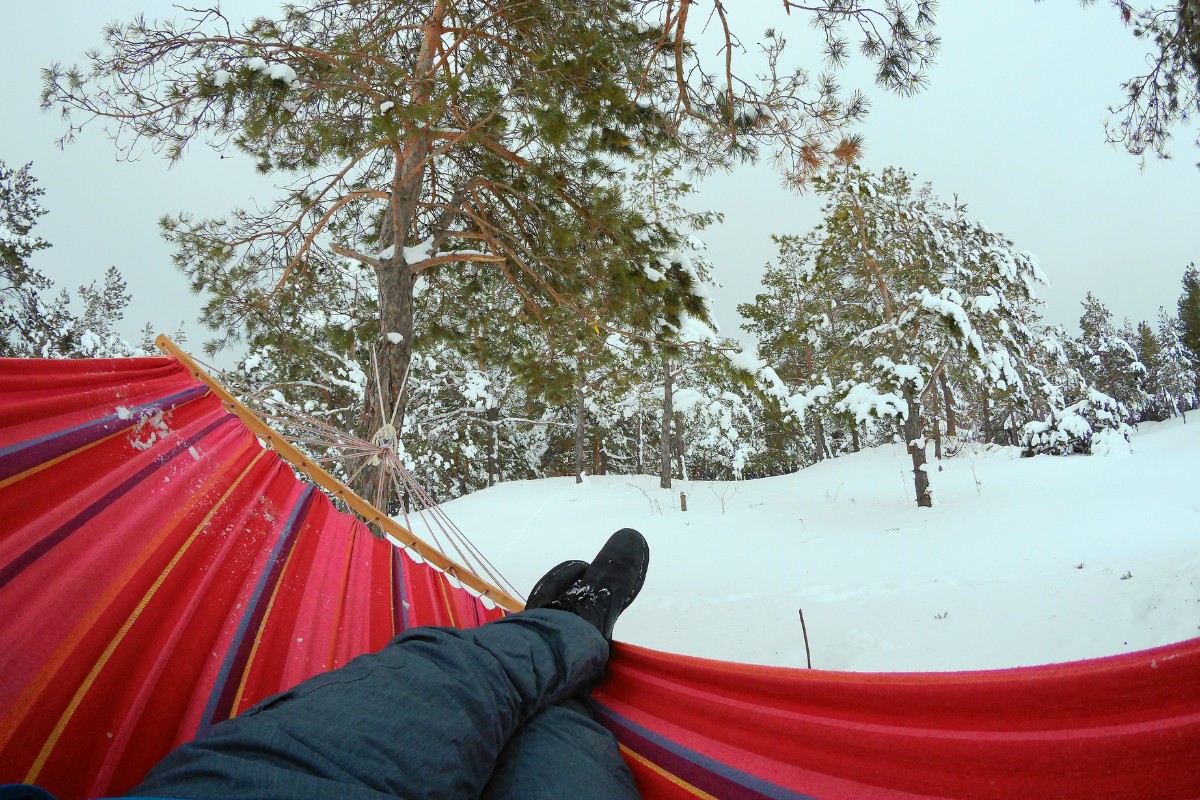Everyone has preferences in life. Some people like to drink soda, while others prefer water. Some people drink tea; others drink coffee. No matter what area of life you’re talking about, everyone is going to have their personal preferences depending on the situation and context for their choice.
When it comes to camping, there are a lot of times when personal needs and preferences will determine what type of equipment you should be using. In particular, there are those who love to use sleeping hammocks and those who love to sleep in tents. Of course, there are pros and cons both.
The Sleeping Hammock
Is sleeping in a hammock a good thing or not? Let’s take a closer look at each of the pros and cons and what it would mean for you to sleep in a hammock.
Pros
When you use a hammock, you’ll enjoy the following benefits:
Doesn’t Require Level Ground
One of the things that people love most is that hammocks don’t require you to be on level ground. When you’re ready to sleep, searching for a good campsite can be the last thing that you want to do. With hammock sleep systems, you simply need to find the right set of trees to make camp. How easy is that?
Limits Ground Vegetation Damage
Sleeping in a hammock does not damage the ground vegetation in your campsite, and this allows you to be more no-trace-left-behind friendly as you are causing as little damage to the world around you as possible.
Can Be Very Lightweight and Compact
If you invest in an ultralight hammock option, it can be lighter than you can imagine! Lightweight hammocks tend to be both lighter and more compact than lightweight tents, making them a great choice in situations where weight is a big issue.
Keeps You Cool
Using hammocks in the summer is fun because they tend to keep you more cool and comfortable than most tents would.
Can Be Used as a Chair
In addition to sleeping in your hammock at night, you can use your hammock as a chair when you are just hanging out at the campsite. This means that you don’t need to bring or find any type of chair!
Cons
Some of the drawbacks of using a hammock include:
Limited Camping Areas
While you don’t need flat ground to be able to use a hammock, you do need to find a place with sturdy trees. This means that you cannot camp with a hammock once you’re above the treeline or if you’re in another area that lacks strong trees.
Little Weather Protection
Hammocks provide very little protection from the rain, snow, wind, and cold. If you’re going to be camping when these things are a big concern, you might be better off sleeping in a tent instead of with a hammock.
Cannot Share Easily
There are double hammocks out there, but they aren’t usually comfortable to actually sleep two people in! Unlike tents, hammocks are usually for one person only. If you need to be able to sleep more than one person, a tent might be a better option.
Limited Covered Storage
In a tent, there are lots of places to put your belongings. That is not the case for hammocks! If you want more covered storage, you’ll need to purchase accessories that add that storage for you.
Tents
Sleeping in a hammock can be a lot of fun, but it isn’t always the best choice of sleeping arrangement when you are headed into the most remote or cold areas. Those are times when having a tent as a sort of home can be a much better choice.
Pros
The things you’ll love about tents include:
Very Well Protected
When you are sleeping in a tent, you are well protected. Whether it rains, snows, or is very windy, having the right tent can protect you from all of the elements. You are not out in the open or exposed to these weather threats, and you’re likely to sleep a lot better because of it.
Can Be Set Up Nearly Anywhere
You can set up a tent nearly anywhere. Sure, you need to look around to find somewhere flat to set it, but you can do this whether there are strong trees or not. If you only have a hammock with you, you may struggle to find the right type or strength of trees to set up with.
Lots of Storage
There is usually a good amount of space to store things in a tent. Like you, the belongings that you keep in your tent will be protected from exposure to the elements.
Can Be Shared
Lightweight tents for more than one person can actually fit more than one person inside, while a double hammock may not be very comfortable to share. If you’re going camping together and want to share, a tent is probably the best choice.
Cons
The problems with tents are:
Takes Longer to Set Up
Most of the time, using a tent will take longer to set up to go to sleep than using a hammock. In addition to finding the perfect spot, you also need to inflate a pad, set the actual tent up, and then get your belongings situated.
Holds Onto Dampness
If it rains during the night, tents are likely to hold onto that dampness. You will need to let it dry out before you store it for a longer period or else the tent will be ruined. Generally speaking, tents take longer to dry out than hammocks.
Cleaning Required
Dirt and debris are likely to get inside of your tent while you are using it, so you will need to be constantly cleaning it out in order for it to be as comfortable as possible. This is not the case when using a hammock.
Conclusion
As you can see, there are a lot of pros and cons to both types of sleeping arrangements. So which type is better to use?
Ultimately, that choice is up to you! Depending on your goals for your trip, the types of campsites that you are most comfortable in, and a number of other factors, you’ll have to decide if using hammocks or tents will make the most sense for your situation.
We hope this article can help you find the perfect sleeping arrangement for your outdoor adventures!
